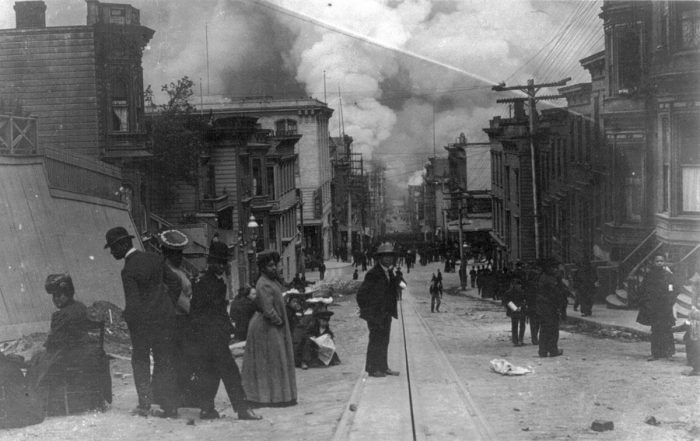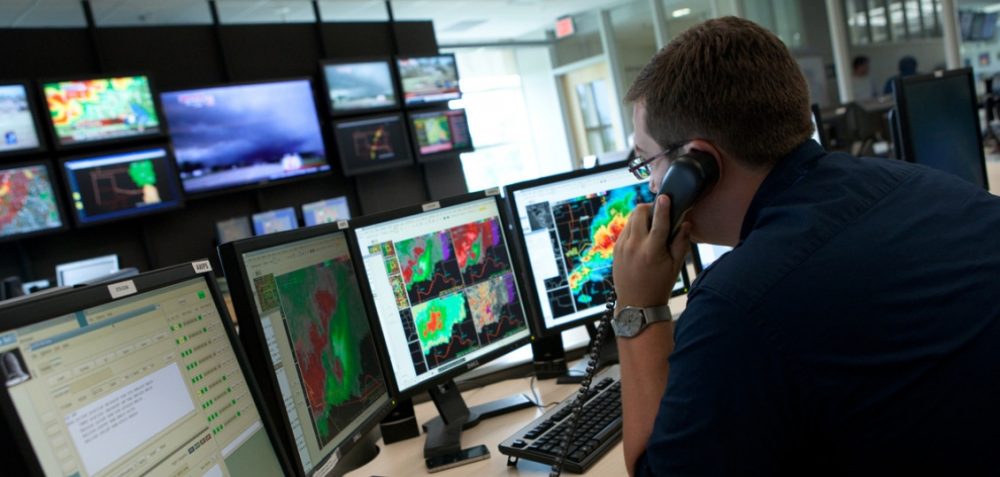Hurricane Season: It’s Not Over Until It’s Over
Lead Hurricane Seasonal Forecaster Dr. Gerry Bell for NOAA, spoke during a CDP Disaster Insights Series webinar June 27, and made a frightening statement: there was a 70 percent chance of 13 to 20 named storms this year and 7 to 11 hurricanes for the Atlantic basin. So what has happened? So far it seems like it has […]
Lead Hurricane Seasonal Forecaster Dr. Gerry Bell for NOAA, spoke during a CDP Disaster Insights Series webinar June 27, and made a frightening statement: there was a 70 percent chance of 13 to 20 named storms this year and 7 to 11 hurricanes for the Atlantic basin.
So what has happened? So far it seems like it has been an unusually quiet storm season.
I just checked in with NOAA’s Dr. Bell to get his take. He has revised his earlier forecast, but not very much. In an email to me today, Dr. Bell observed: “To date, we have seen an above-average number of named storms (9), and two hurricanes. In an average year, the eighth named storm does not show up until Sept. 24, but it did so this year on Sept. 9. Also, we have seen other above-normal seasons that had no hurricanes prior to September.
While the lull in August hurricane activity was welcome, it is not a reliable indicator of what the remainder of the season will bring. Historically when conducive climate patterns are as present as they are this year, the likelihood of an active season is greatly increased and the lulls in activity do not last.
The first hurricane of the season came on Sept. 11 when Tropical Storm Humberto was upgraded to a Hurricane and came within hours of breaking the record as the latest first hurricane of the season. But it was way out to sea. So far Tropical Storm Andrea which appeared in early June was the only system that has made landfall in the U.S.
So the story is it’s not over until it’s over. I went back and checked the records. On average, there have been twice as many hurricanes during the three months of September, October and November compared to June, July and August. Last year Hurricane Sandy struck at the very end of October, so an October surprise of a storm could still be out there, waiting to strike.
Keeping my faith
I, for one, am not losing faith in NOAA’s ability to forecast storms.
In his new book The Signal and the Noise, Nate Silver points out the difference between a prediction and a forecast: a prediction is a definitive and specific statement; a forecast on the other hand is a probabilistic statement. NOAA deals in probabilities based on the best scientific knowledge it has at the time and it frequently updates it’s probabilities based on updated data.
Silver devotes a whole chapter to the success of the Hurricane Center and says it has made impressive gains in hurricane forecasting becoming 350 percent more accurate. “Just 25 years ago,” he says, “ when the Center tried to forecast where a hurricane would hit three days in advance of landfall, it missed by an average of 350 miles. Today, the average miss is only about one hundred miles. What this mean is that we now have about 48 hours of additional warning time before a storm hits.”
My biggest concern about this year’s slow start isn’t with NOAA but with the media and public opinion. Frequent over-heated media reports leave the public skeptical of weather forecasts and slow to take action when storms approach. Today’s more sophisticated weather forecasts give us more information, but also present us with more uncertainty. Instead of a single track line for a hurricane path, we now see multiple lines of probability – a cone of uncertainty. Instead of a firm prediction of hurricane action we now receive probabilities and frequent alterations to the probabilities.
Disaster philanthropists can play a special role in helping communities deal with this cone of uncertainty by encouraging community-wide planning and preparation. Preparing for the inevitable storm – whenever it strikes – may be our best response to weathering whatever and whenever it may come.
More like this

How Black History Has Influenced Disaster Planning

